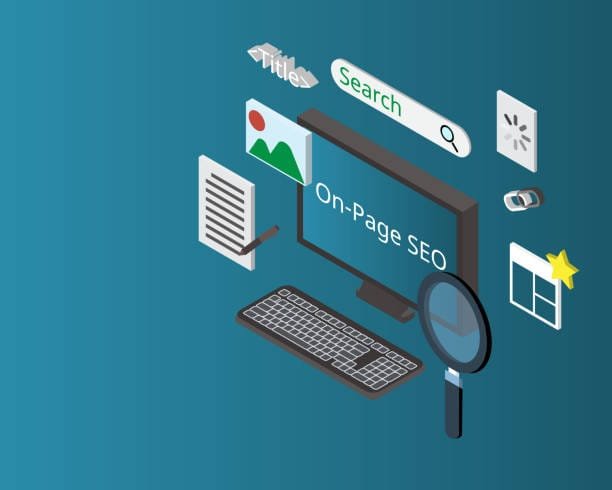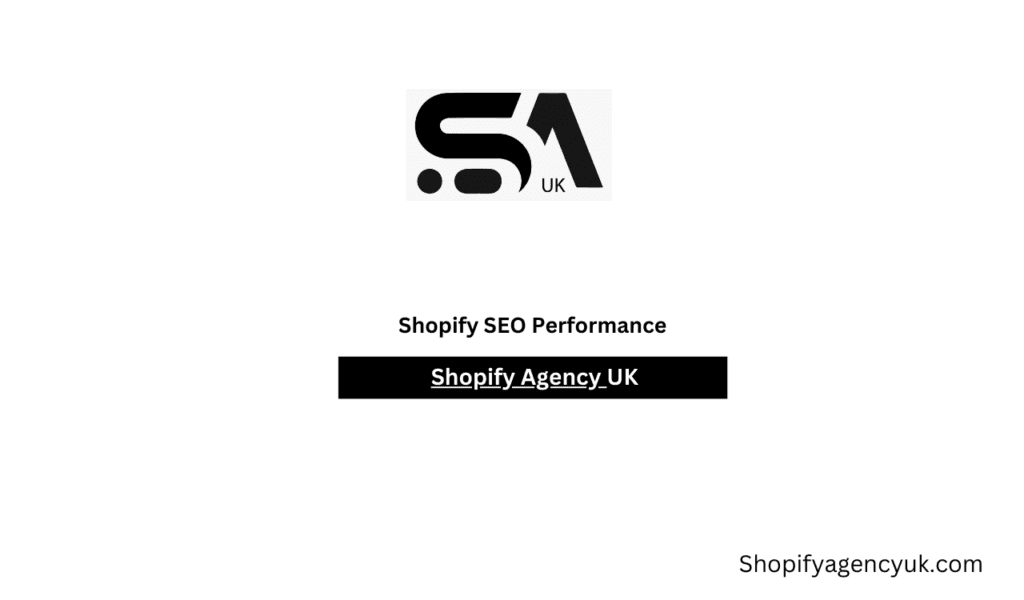I am of the opinion that before optimizing and always checking Shopify SEO really is a must for store-owners if they want to have a long-term business like SEO For Shopify Bradford. As we know, the first step is to arm with a powerful SEO strategy and then to go on with monitoring and analyzing the performance. Without this, a business can barely walk on the same level and keep that side up.
As a result, everybody will rely on Google Analytics. Google Analytics is a very comprehensive tool with many features that can be used to measure the effectiveness of our SEO strategy and thus, provide various data insights about optimization.
During this tutorial, I will take a close look at how we can use Google Analytics to keep an eye on the most important SEO metrics for our Shopify account and make sure that our SEO activities always end up with the best results and advantages in the search engine ratings.
Why Monitoring Shopify SEO Performance is Essential
SEO success is less about optimizing keywords, product pages and content. The analyzing of the Shopify SEO allows us to observe the status of the store in SEO and come to conclusions about improvement areas.

This is the reason we need to measure one of the most important things in a search engine optimization of the Shopify store, the bounce rate. Apart from avoiding such issues, we can also detect some remarkable opportunities. The advantages gained from the proper presentation of the content and the optimized site to SEO are numerous, but this is the main reason for this article.
- Evaluate SEO Effectiveness: The main point is tracking so that we can make out what SEO strategies bring more visits and where we need some improvements.
- Instead of copying popular articles on the internet, by watching our SEO data, we know what pages or keywords get the highest visits and use that knowledge to reproduce the same success on other pages.
- With the rapid algorithm updates, the timely paradigm shifts and SEO quality can save our product from being hit by market outdoors.
- Data incentivized Decision Making: Jumping to conclusions or hunches will be a story of the last year. The data is pretty clear which to choose and we can build a team with skin in the game; these are the first ones that succeed.
Setting Up Google Analytics for Shopify SEO
It is essential to equip Google Analytics with the right data for the Shopify account in the first place. But how one can do this?
1. Create a Google Analytics Account
Assuming we do not have a Google’s property, we essentially have to create this at that juncture. To enroll, we can take Google Analytics as an example, and we then think of a notification to our Shopify store, which is a unique, 3-min code that connects our shop to Google Analytics.
2. Add Google Analytics to Shopify
Inquiry about the exact details of the matter with our company, because it may happen that each company has its own integration method. Email templates and campaign limits might vary in the Shopify admin.
- For this, we need to log in to our Shopify account. Then click on online store/preferences.
- Go for surfing and scroll the page until you find the Google Analytics section.
- Copy and paste our Tracking ID into the box on the right side of the page.
- Enable Enhanced e-commerce so you can now track conversions, and thus gain deeper insight into customer buying habits.
After being synced with Google Analytics, we will see a representation of what the visitor does on our Shopify store, like his behavior, demographics, and interactions with the site.
Key Metrics for Monitoring Shopify SEO Performance
Once we’ve developed Google Analytics, we are ready now to get into the key metrics and reports that mirror performance of Shopify SEO, which would indicate how well our SEO targets are being met and whether action is needed. The data-driven analysis is always a core principle of action from our side.
1. Organic Traffic

Organic traffic is the main source of the free visiting what is one of the key factors that affect SEO performance. It shows us the number of people that found and visited the E-commerce site through a search engine.
Where to Find It: In Google Analytics, there is a menu called Acquisition, All Traffic, Channels, and under Channels, there is an “organic Search” selection. This is what will show the data of organic
What to Analyze: By establishing a baseline for organic traffic, we may assess if our SEO actions are turning up bounties. Watch them closely after tweaking the pages or adding new pieces.
Data Insights: A decrease in organic traffic might stem from an incomplete SEO plan, incorrect market strategy, or Google’s restrictions.
2. Top Landing Pages
The first web pages visitors see when they enter a site from a search engine are named the landing pages. The creation of subtopics and categories is the foundation of the second most important step, which is internal linking and tagging of pages.
Where to Find It: Move to Behavior -> The first one is selected Site Content that you must find -> Landing Pages. Included in the drop-down is a filter for “Organic Traffic” to concentrate on SEO-based traffic only.
What to Analyze: Use five landing pages and find out which is the main one that is driving organic traffic. Most of the time, the keyword targeting of these pages will be critical as those are doors where buyers get the most. So we should assess when to change the keywords and structure of some pages in order to increase the traffic.
Data Insights: Underperforming landing pages can be addressed by establishing a better keyword targeting strategy, boosting page load time, or with the right internal links.
3. Bounce Rate
Bounce rate means the percentage of visitors that stop browsing our website after one page. High bounce rates might be a result of unsatisfied visitors who cannot find the desired information on the specific page or those not enough improvements in content or layout.
Where to Find It: Look for Audience/overview or even the page/Behavior/All sites and see the list of pages that show the bounce rate.
What to Analyze: This section will tackle pages that benefited from the paid traffic and those that resulted from the organic traffic. A high bounce rate is an indication that a product or category page does not engage visitors sufficiently. Since this is not the only way to promote the listing, there could be an alternative, but poor bounce rate might be a crucial pointing issue within the given product or the store in general.
Data Insights: Less bounce means a higher approach towards readers, thus, work can be intensified on speed issues, writing catchy product descriptions, and leading visitors to other pages with direct call-to-action tools.
4. Session Duration and Pages Per Session
Sessions measure time lengths on our catalogue and page by page, pages per session quantify multi-page visits within one session. These are the two most important performance indicators for visitor engagement and by far the most important for SEO-optimized landing pages.
Where to Find It: Click on Overview and you will be prompted to steer the Session Duration and Pages per Session metrics.
What to Analyze: The time users are staying on our webpage/s is something we should be aware of due to many reasons. Formally, when the products are new, we see an uptrend in the numbers, but concerning the long-term effects, the SEO strategies are of sole importance. Mere phrasing with colors, fonts, and graphics is data-driven and no good for us.
Data Insights: Low session durations and few pages per session pinpoint problems such as the expected content being not there, or the website navigation is not easy to find.
5. Keyword Performance
Google Analytics does not have the ability to unfold raw keyword data, though, through the coupling of the Search Console, we can tie up the search data and link the clicks to conversion, especially in climate. Especially, can tailor CSC (content sub-categories) all based on our keyword classification.
Where to Find It: First off, you should tie up Search Console with Google Analytics. After this, you should browse Acquisition – Search Console and then click Query.
What to Analyze: We should point out those keywords that pull the most traffic to our site and examine the pages that contain them in closer details. At that very moment, the conversion of the most sought products will be in safe hands by the targeted landing page which will thus receive the most dedicated work. Hence, the descriptive corresponding pages that are behind the links will need some more content or internal links in order to maintain their rankings.
Data Insights: The remedial actions such as the addition of metadata, content polishing, and product descriptions can still be implemented to ascertain the search intent that defines rather broader keywords.
6. Conversion Rate from Organic Traffic
The main focus of this activity could be described as transforming the incoming traffic into sales, not just in bringing visitors at first. Conversion rate calculates the visitors’ volume that acquaints conduct like acquisition, registration, adding items/quantity to cart destinations.
Where to Find It: Go to Conversions/Goals/Overview, the box at the top of the page, filtering all recorded only from organic traffic, contains a certain check button.
What to Analyze: Are there any pages that are really killing it here even though there is an extraordinary amount of traffic on those sites or pages?
Data Insights: Page development, simplified payment procedures, and well-built CTAs are among the tips that will improve the conversion ratio.
7. Mobile vs. Desktop Performance
Since Google has preferred mobile in its indexing, it comes to no surprise that the impact could be quite big on total SEO output. Therefore, tracking such results from Shopify is crucial to boost mobile user satisfaction and thus on-site SEO as well.
Where to Find It: Go to Audience -> Mobile -> Overview. This graph will show you the session by devices in other words set the amount of devices like a desktop, mobile, and tab.
What to Analyze: High bounce rates, short session duration, and low conversion rates on mobile devices will signal that we have to think about how to improve our Shopify mobile interface, which includes a mobile theme as well as a one-click mobile checkout.
Data Insights: With the majority of traffic to eCommerce sites coming from mobile, the need for mobile optimization is stressed not only in terms of making a site mobile-responsive but also converting sales on a smartphone rather than a PC. Mobility is a must now, and we consequently expect to collect more conversions through phone use.
Conclusion
We are confident that the Trump Kicker SEO is best practiced with Analytics. The features of such a tool are described in the article of how it can be used to draw valuable conclusions and further optimize SEOs. We will make use of the data extracted by Google Analytics to do much of the Shopify SEO fine-tuning enforced by the constant innovation and competitiveness of the goods market.
